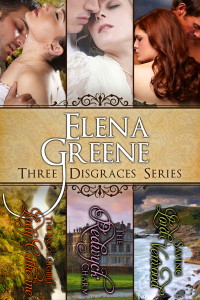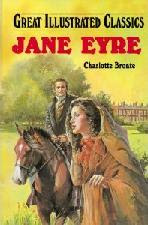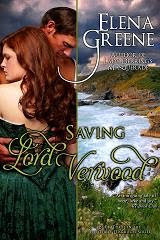A lot of my favorite romance authors include animals in their romances. In Regencies, we often have horses, but other animals, usually pets, can add fun to a story. Laura Kinsale usually (always?) includes some sort of “mascot animal” in her books, including a horse, a gyrfalcon, a shark, and a pig. Mary Jo Putney is a cat lover and many of her books include cats.
There are almost always named horses in my books, and some of my characters have had pets. I included goldfinches, a hedgehog, and a pony in Lady Dearing’s Masquerade, since there were so many children in that story who would enjoy them. In Saving Lord Verwood, the hero gives the heroine a kitten as a wedding present and later gives her the more practical gift of a mare to ride. Later, he also lets her talk him into rescuing an orphaned seal pup, which they later release back into the wild.
I got the idea for that story element after a visit to the Cornish Seal Sanctuary, a fun place to visit and learn about wildlife rescue. People at the center helped me figure out plausible ways for my characters to care for the baby seal.
 This month, I’m running a 99 cent ebook sale of Saving Lord Verwood, with my share of the proceeds going to the Sea Life Trust which runs the Cornish Seal Sanctuary and other sea life centers.
This month, I’m running a 99 cent ebook sale of Saving Lord Verwood, with my share of the proceeds going to the Sea Life Trust which runs the Cornish Seal Sanctuary and other sea life centers.
Saving Lord Verwood is available at Amazon, Barnes & Noble,
Apple, and Kobo.
If you’d like to donate directly, just visit the Sea Life Trust website.
Do you enjoy animal characters in Regency romance? What are some of your favorites?
Elena









